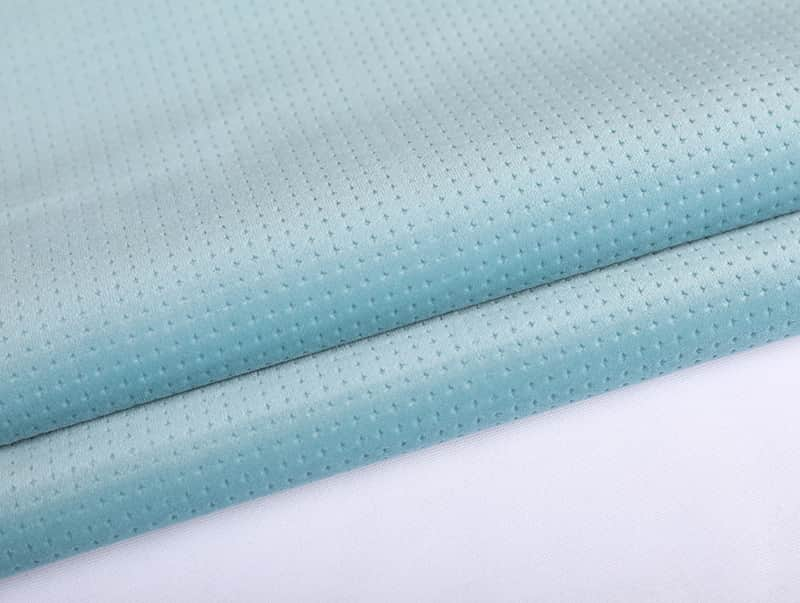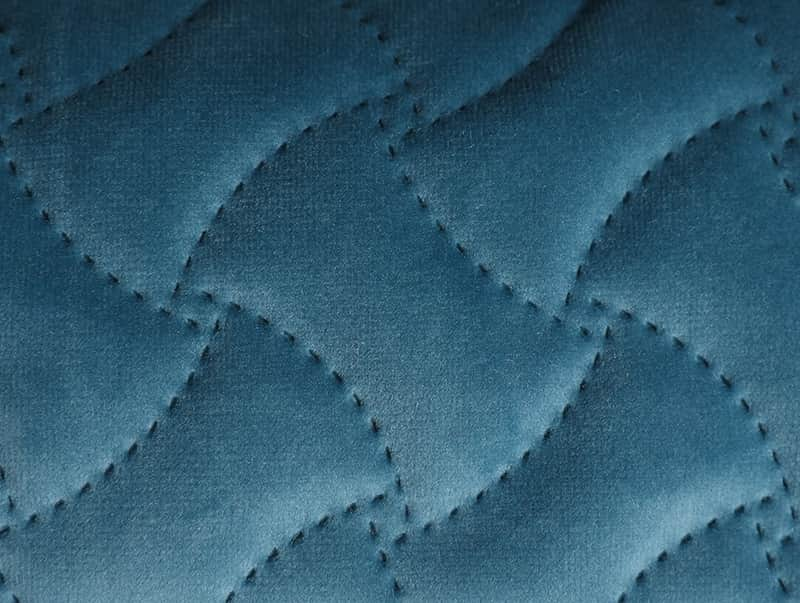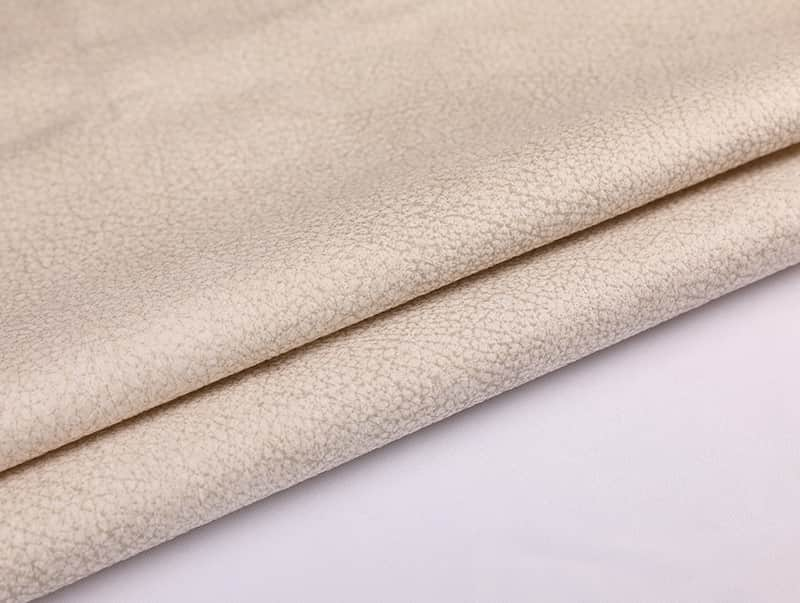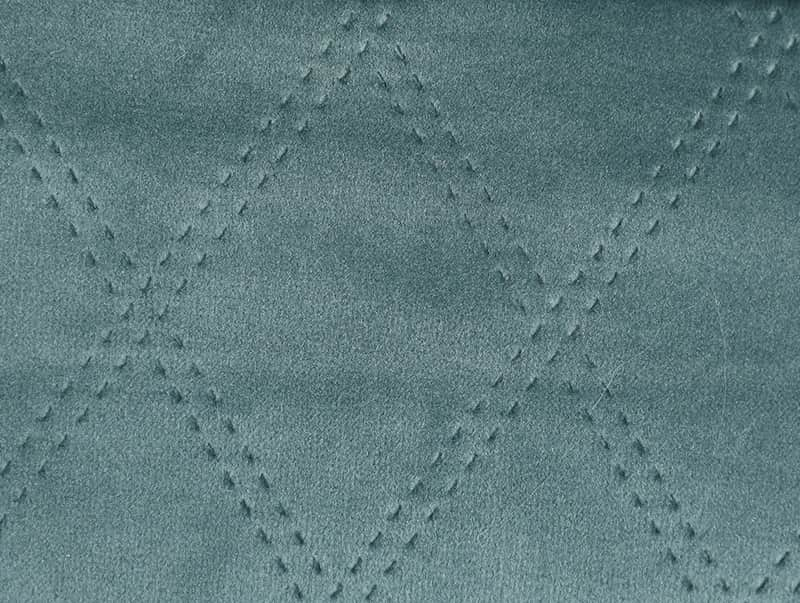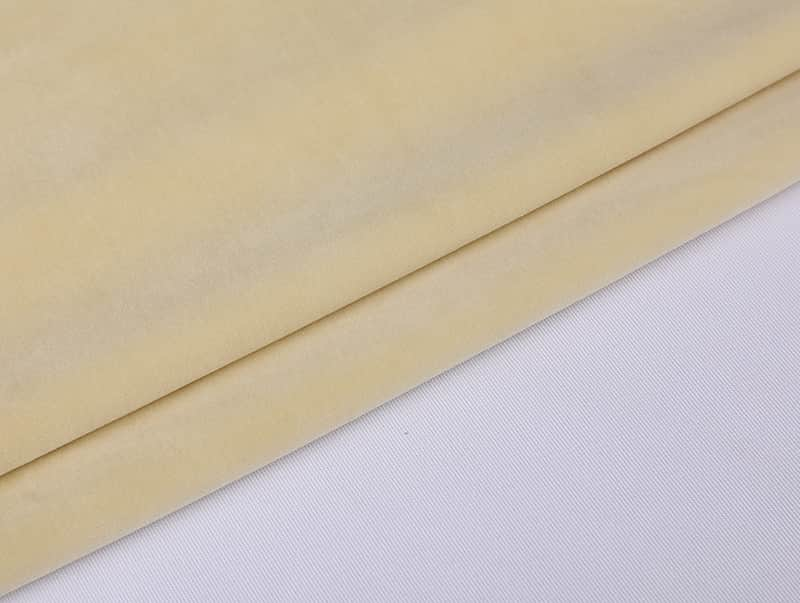The manufacturing processes for natural and synthetic upholstery fabrics differ significantly, reflecting the distinct properties and characteristics of each type of fabric. Here's an overview of how these processes differ:
Natural Upholstery Fabrics:
Fiber Cultivation or Extraction:
Cotton: Cotton fibers are harvested from the cotton plant's seed pods through processes such as picking or mechanical harvesting.
Linen: Linen fibers are extracted from the stems of the flax plant through a process called retting, which involves soaking the stems to break down the outer fibers.
Wool: Wool fibers are obtained from the fleece of sheep or other animals such as goats (cashmere) or rabbits (angora). The fleece is sheared from the animal and then processed to remove impurities.
Silk: Silk fibers are produced by silkworms during the cocoon-spinning process. The cocoons are collected and processed to extract the silk fibers.
Yarn Production:Once the fibers are harvested or extracted, they are spun into yarn through processes such as carding, combing, and spinning. This transforms the raw fibers into continuous strands suitable for weaving or knitting.
Fabric Weaving or Knitting:The yarns are then woven or knitted into fabric on specialized machinery. Weaving involves interlacing yarns at right angles to create a woven fabric, while knitting involves interlocking loops of yarn to create a knitted fabric.
Finishing:After weaving or knitting, the fabric undergoes various finishing processes to enhance its properties and appearance. This may include processes such as dyeing, printing, brushing, or shearing to achieve the desired color, texture, and surface finish.
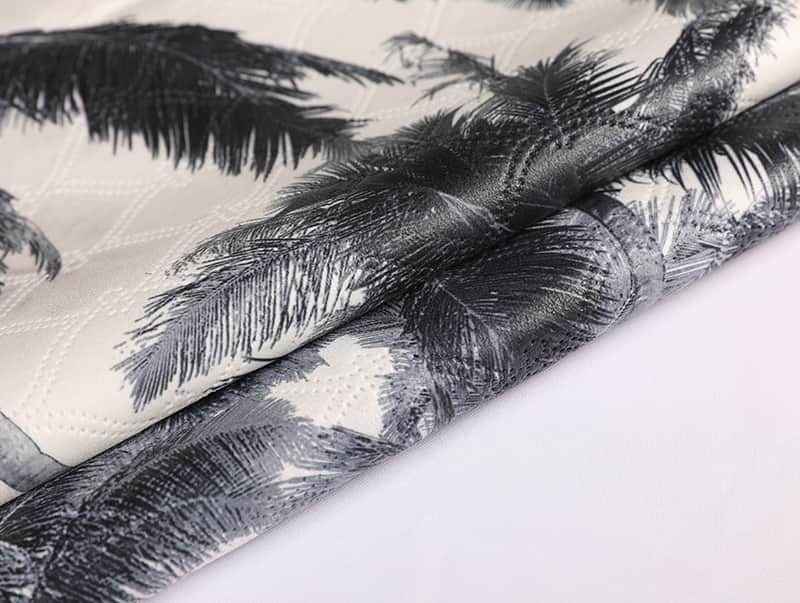
Synthetic Upholstery Fabrics:
Polymerization:Synthetic fibers are derived from petrochemicals or other raw materials through polymerization processes. This involves the chemical bonding of monomers to form long chains of polymers, which serve as the building blocks for synthetic fibers.
Extrusion:The polymer pellets are melted and extruded through spinnerets to form continuous filaments or fibers. These filaments are then cooled and solidified to create the base material for synthetic fabrics.
Drawing and Spinning:The extruded filaments are drawn to align the polymer chains and improve the strength and uniformity of the fibers. They may also undergo spinning processes to further refine their structure and properties.
Yarn Production:The drawn and spun filaments are twisted together to create yarns suitable for weaving or knitting. This process may involve additional treatments to add bulk, texture, or other desired characteristics to the yarn.
Fabric Weaving or Knitting:Similar to natural fabrics, synthetic yarns are woven or knitted into fabric using specialized machinery. The choice of weave or knit pattern can influence the fabric's properties and appearance.
Finishing:Synthetic fabrics undergo various finishing treatments to improve their performance and aesthetics. This may include processes such as dyeing, printing, coating, or laminating to achieve the desired color, texture, and functionality.
Differences in Manufacturing Processes:
Raw Materials: Natural fabrics use fibers derived from plants, animals, or minerals, while synthetic fabrics are produced from petrochemicals or other synthetic materials.
Processing Techniques: Natural fabrics undergo harvesting, extraction, spinning, and weaving/knitting processes, whereas synthetic fabrics involve polymerization, extrusion, spinning, and weaving/knitting.
Environmental Impact: The manufacturing processes for natural fabrics are generally more environmentally friendly, as they rely on renewable resources and require fewer chemical inputs compared to synthetic fabrics.
Properties and Performance: Natural and synthetic fabrics have different properties and performance characteristics based on their manufacturing processes, affecting factors such as breathability, durability, and texture.
While both natural and synthetic upholstery fabrics undergo complex manufacturing processes, they differ in terms of raw materials, processing techniques, environmental impact, and final properties.
